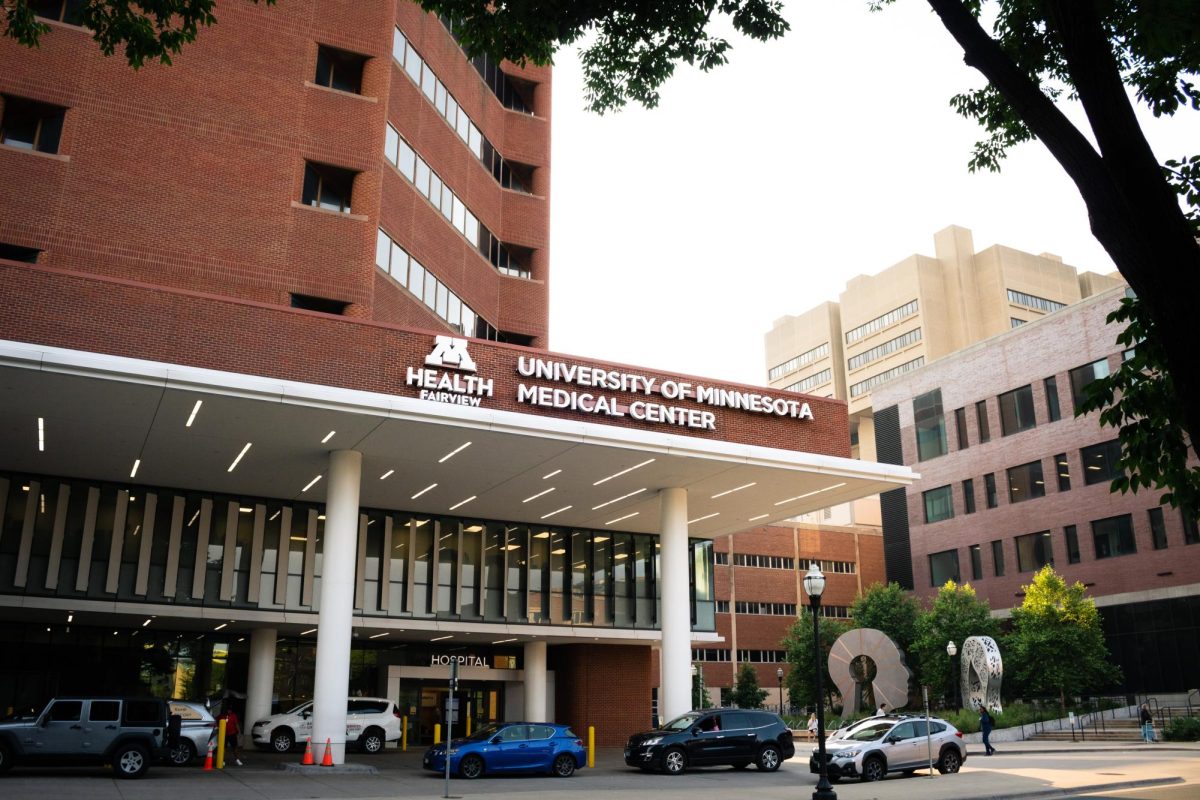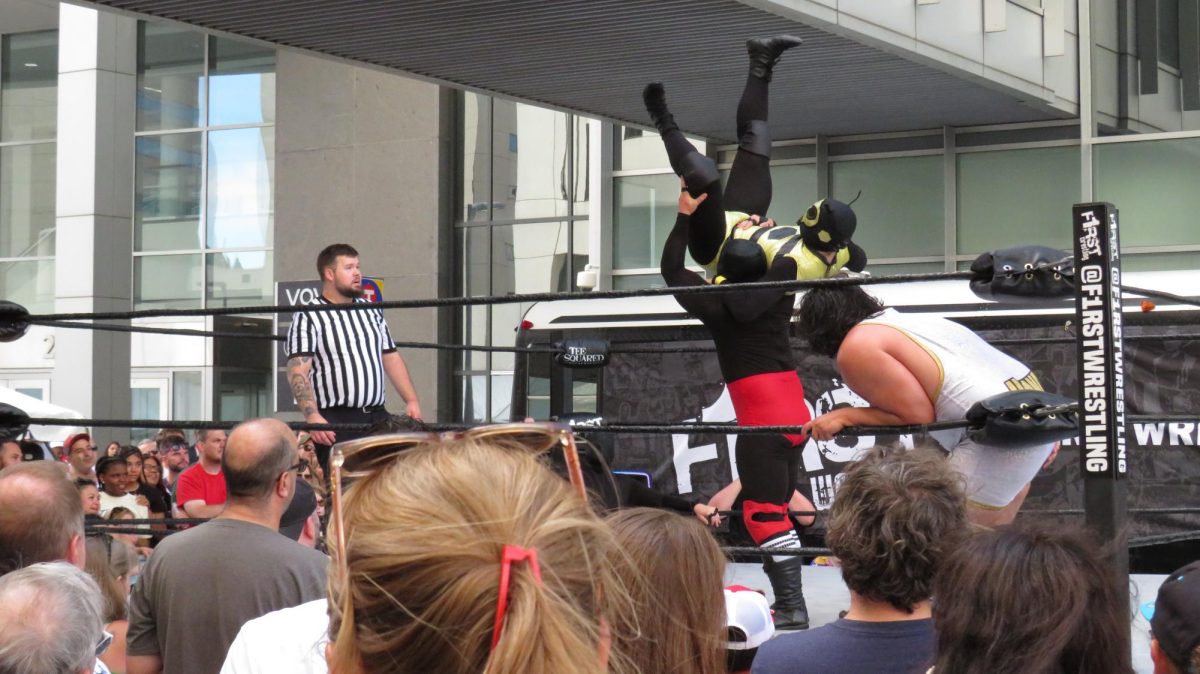Amid layoffs, company shutdowns and an uncertain future, some state officials are looking to the University of Minnesota to provide answers for Minnesota’s Iron Range.
The University recently asked the state Legislature for $3.6 million to develop technology and find long-term solutions for the state’s troubled mining industry. The request also aims to help pay for environmentally responsible strategies to harvest materials.
The funding would help develop technology to maximize resource recovery, diversify minerals that miners extract and create technologies to reduce sulfates in water, said Rolf Weberg, the executive director of the University’s Natural Resources Research Institute in Duluth, Minn.
Rep. Jason Metsa, DFL-Virginia, called the problems on the Iron Range a “perfect storm,” adding that he thinks the state should turn to science for some of its mining and water concerns.
“We wouldn’t be doing any of the mining without the University,” Metsa said. “I think the timing’s right for us as a state to look [to] science again for what’s the next taconite and what’s the best way to clean our water.”
The NRRI helped develop the process to extract iron from — taconite a low-grade iron ore found around Lake Superior. The state’s Department of Natural Resources has hailed taconite mining as a savior for Minnesota’s mining industry.
The University’s request would also help fund research to diversify the types of material extracted and find ways to produce higher-valued products in Minnesota, Weberg said.
Iron produced in the state tends to be a higher-grade ore, Weberg said, which can be used to produce higher-quality steel.
“That’s a competitive advantage,” Weberg said.
The University additionally requested money to help reduce sulfate in water, which has been a concern in the region.
Last week, Gov. Mark Dayton revealed a $220 million water infrastructure as part of his bonding bill.
Since mining companies pay a production tax instead of local property taxes, Metsa said mining communities on the Iron Range rely on the global steel market, which is in a downturn.
State and government-sponsored iron industries are able to outcompete Minnesota mining, which can produce cheaper steel, said Rep. Rob Ecklund, DFL-International Falls.
“We need to stop the glut of foreign steel coming into the country,” he said, adding that extending unemployment benefits for laid-off workers is an immediate priority. “That’s our first step,” he said.
In November, U.S. Rep. Rick Nolan, D-Minn., called for a five-year ban on foreign steel imports to help boost the domestic steel industry.
White House Chief of Staff Denis McDonough met with mineworkers and local leaders in Virginia, Minn., last month.
In 2015, about 2,000 mining workers lost their jobs, according Dayton’s office.
“The NRRI and the University doesn’t claim to have all of the answers ourselves,” Weberg said. “The only way we’re going to take care of this is by working together with the agencies, industries and state stakeholders to get the right balance and solve the problems in a responsible way.”
About 20-35 percent of ore extractions are wasted, Weberg said, adding that NRRI recently patented technology that gets all of the iron the first time.
“It takes a lot of energy to dig up all this rock,” Weberg said. “This is getting more bang for your buck.”
The University’s Vice President for Research, Brian Herman said a number of University officials, including himself and President Eric Kaler, have visited the Iron Range in the past few years to meet with state legislators and mining companies.
While on a trip to Virginia, Minn., Herman said he thought the conversations overall were positive.
“I think we’re capable of generating new innovations and new solutions to some of the practical problems to mining activity in Northern Minnesota,” he said. “Our goal is to make sure mining continues to be able to operate and operate in an environmentally safe manner.”
The state Legislature will review the University’s proposal in the coming months.
“The University is a land-grant institution, and we have a responsibility to drive resources and opportunities,” Weberg said.







